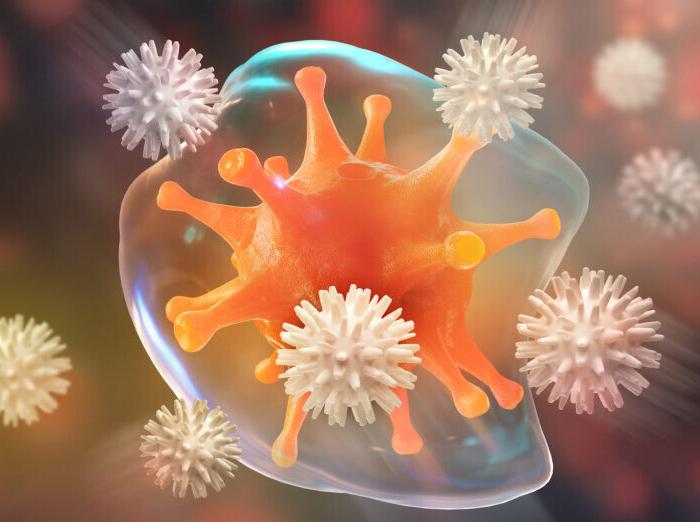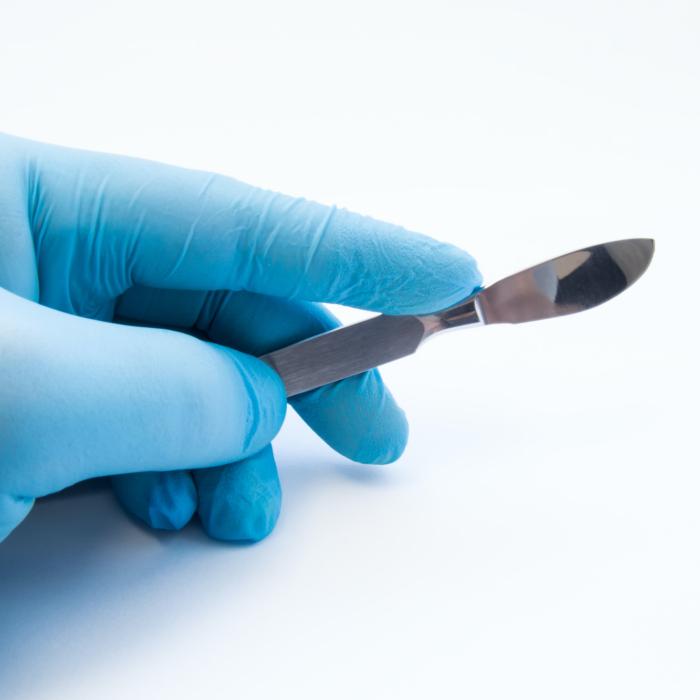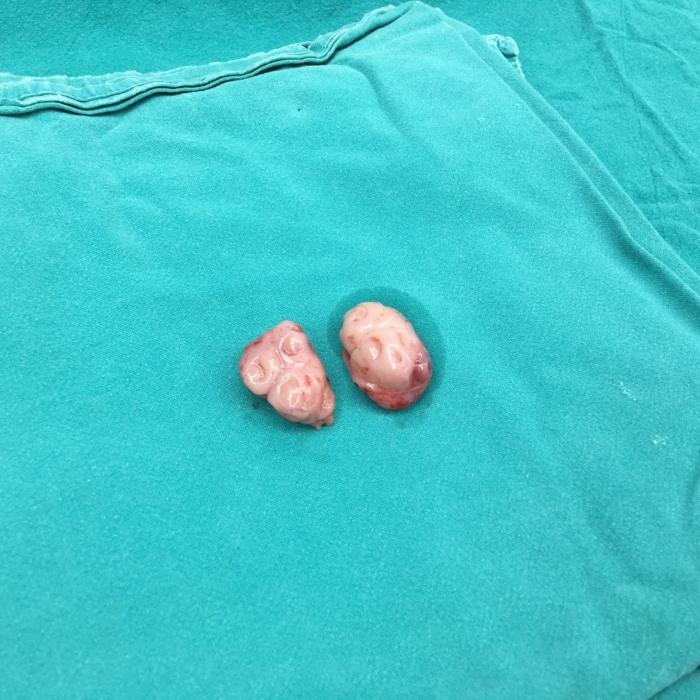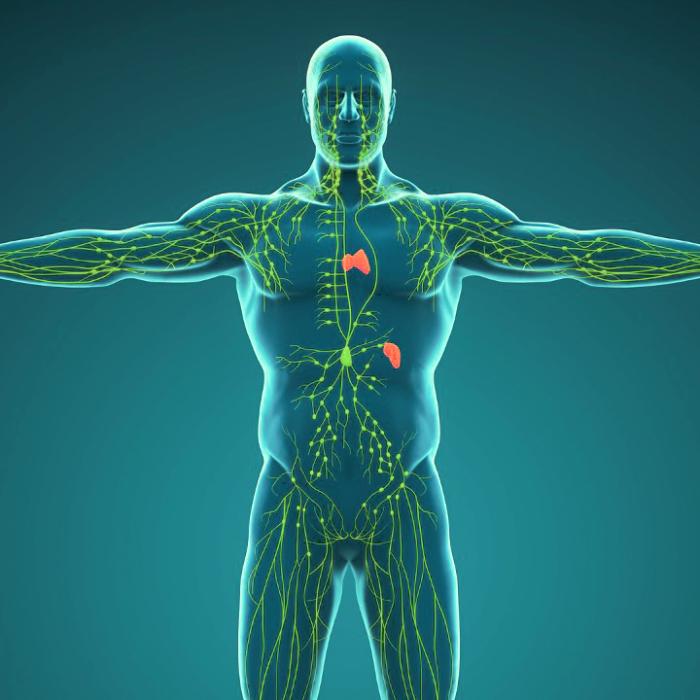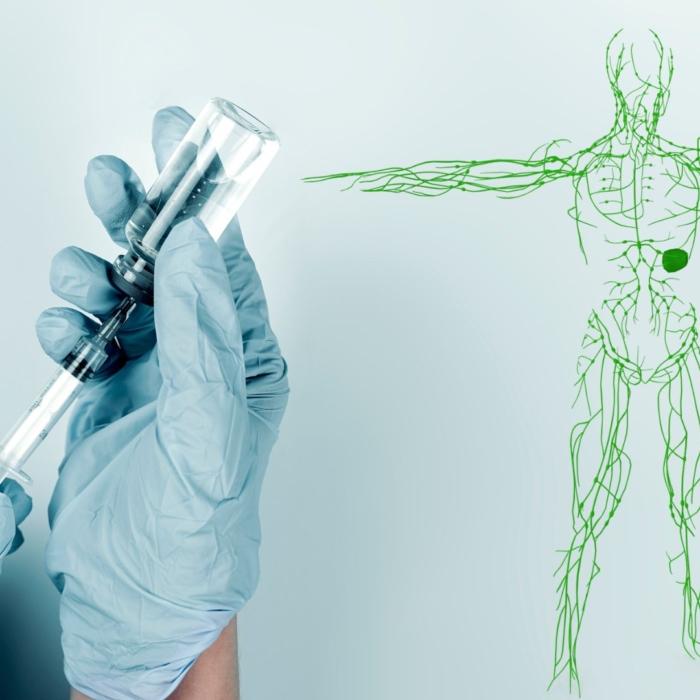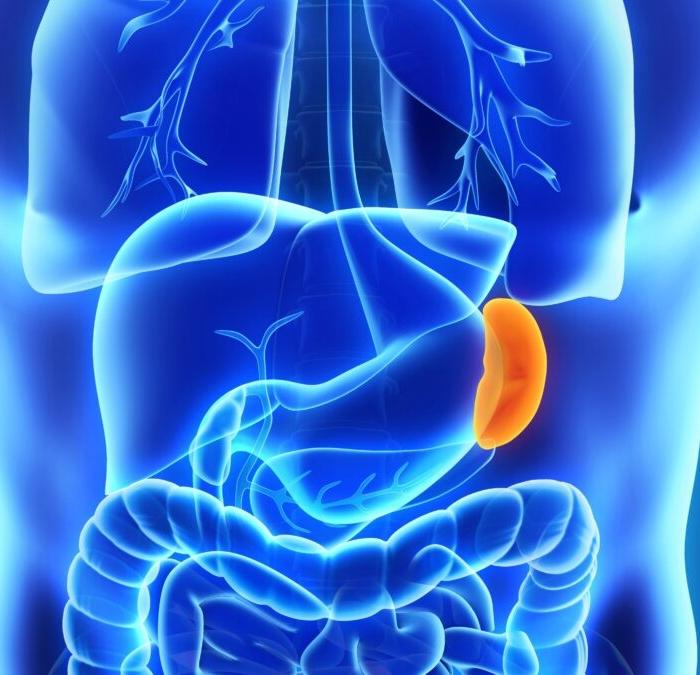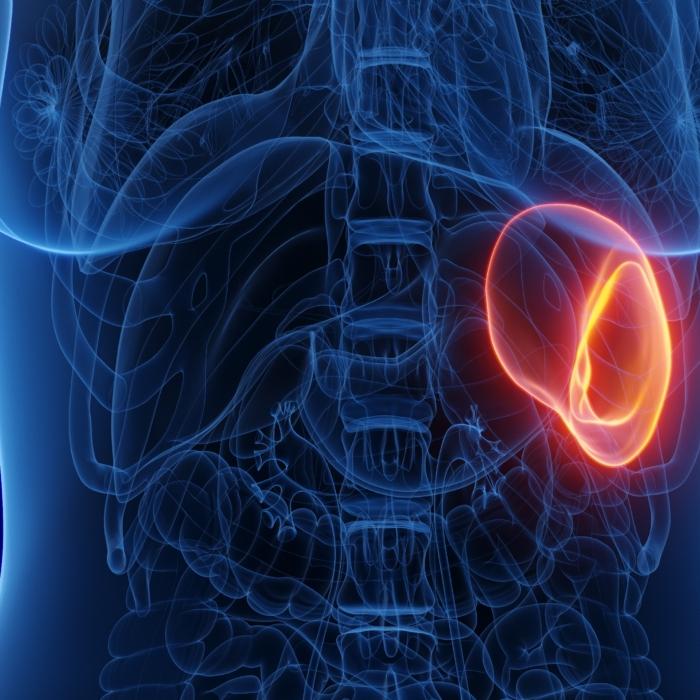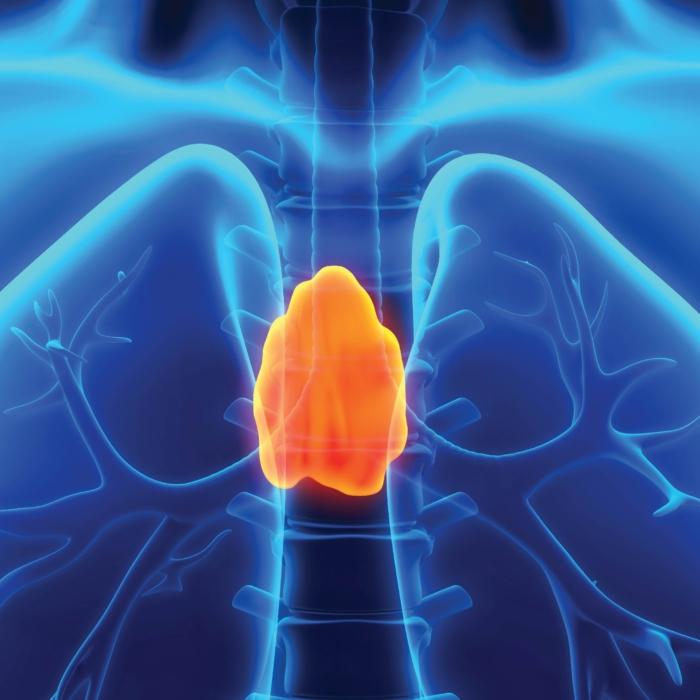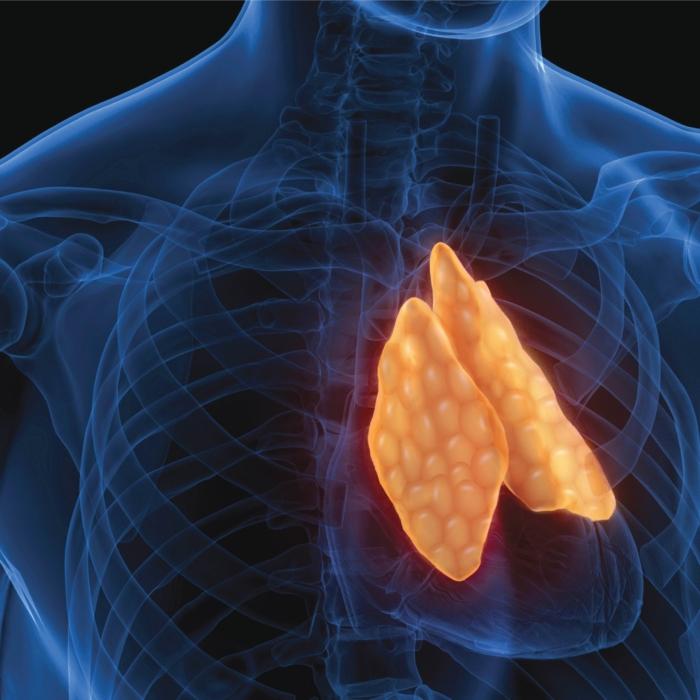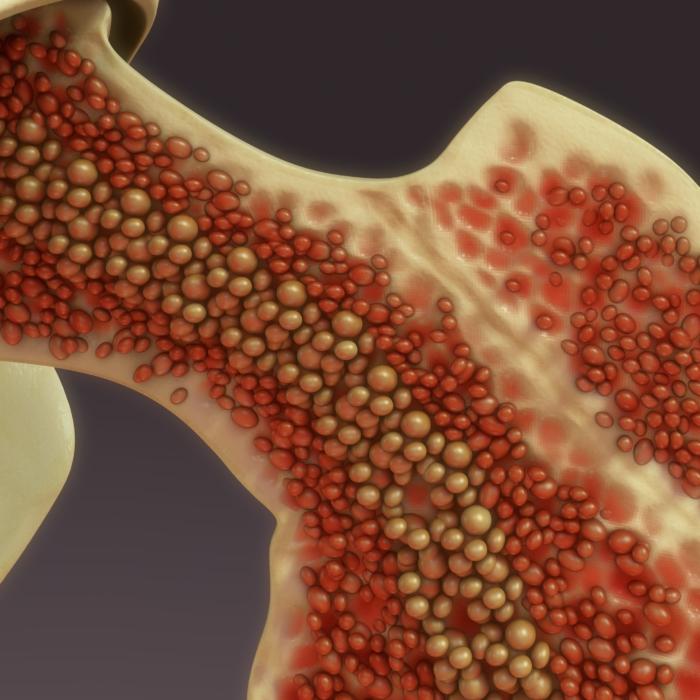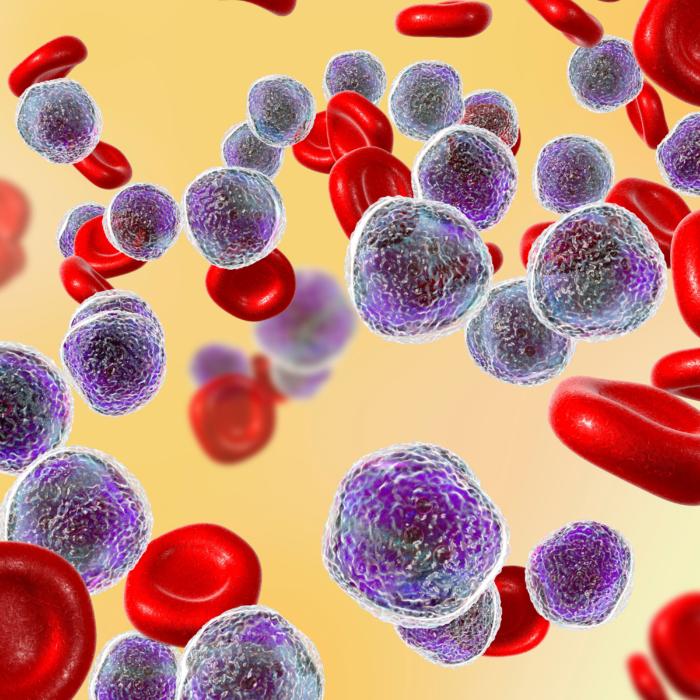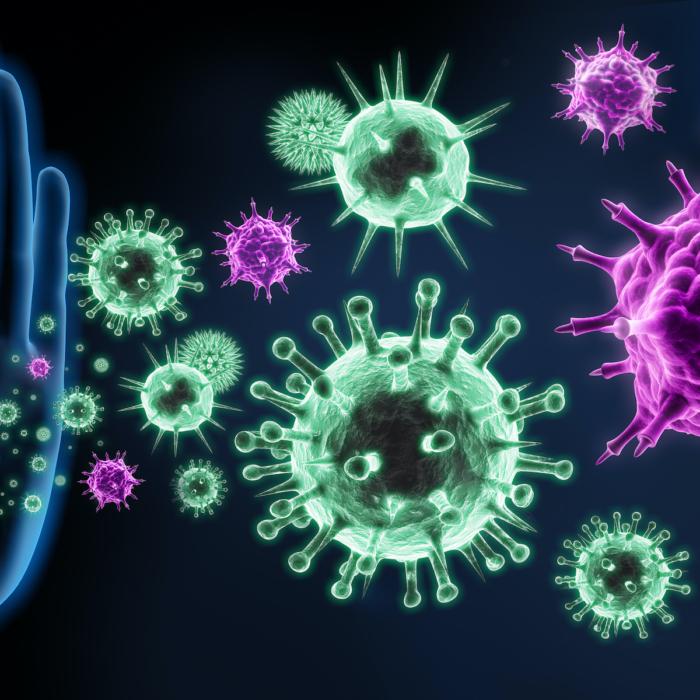If the body were a country, the lymphatic system would be the garbage processing system, and the spleen, for the blood circulation system, would be a general command station with an arms factory, a central recycling station, and a supervising checkpoint.
The spleen, the largest lymphatic organ in the human body, plays a critical role, especially during the COVID-19 era. It’s one of the least understood organs of the human body.

The ‘Odd’ Spleen
The spleen is a reddish-purple, coffee bean-shaped, fist-sized organ that sits under the rib cage on the left side of the abdomen, next to the stomach.
A Multifunctional Vital Organ
Although small in size, the spleen performs a multitude of critical functions. It exemplifies the marvel of the human body’s ability to use one thing for many purposes.The spleen also removes old blood cells and helps control the amount of blood that circulates throughout the body, while creating critical blood reserves that can be released during trauma and significant bleeding.

Filtering Blood to Remove Invading Germs and Viruses
Pathogens will usually be neutralized or destroyed by the lymph nodes. However, any pathogens that manage to evade filtration will continue to circulate within the lymph flow and will eventually be recirculated in the blood.Once in the blood, there is another efficient filter to remove these harmful agents—the spleen. As blood passes through the spleen, pathogenic components such as debris, bacteria, and parasites are rapidly eliminated, keeping the blood clean.
During a chronic infection, and similar to the lymph nodes, the spleen may become inflamed from the accumulation of pathogens, causing it to increase in size.
Producing and Recycling Red Blood Cells
The body contains three main types of blood cells: red blood cells, white blood cells, and platelets. The spleen has the essential function of generating and recycling red blood cells, which keeps our blood healthy and clean.The blood in the spleen flows through a unique network that is designed to carry out this cleaning process. Imagine the spleen as a factory and the splenic microcirculation as the assembly line. Blood enters the factory through the small splenic blood vessels and passes through a meshwork called the red pulp, which is like a quality control station that checks each blood cell for damage.
Think of macrophages as workers on the assembly line who remove any cells that don’t pass the quality check. As the blood cells pass through the red pulp and into the meshwork, they get squeezed and pressed.
Squeezing helps to identify any damaged cells that may have passed the quality control test. If the cells are damaged, they rupture, and the spleen’s cells digest the components that are released.
Creating Extra Blood Reserves
Another critical function of the spleen is its ability to release extra blood reserves in a crisis. In cases where the body experiences issues with blood supply, such as shock or loss of blood volume, the spleen can shrink in size and release up to 100 milliliters of blood into other areas of the body for circulation, which is 2 percent of the body’s entire blood volume.Unexpected COVID-Related Spleen Outcomes
In COVID-19 patients, doctors usually don’t examine the spleen, even though it may be significantly affected by the virus, so its compromised condition could go unnoticed until a major issue arises.How SARS-CoV-2 Can Decimate the Spleen
A postmortem autopsy study found that SARS-CoV-2 infection can involve pathological changes in lymph nodes and the spleen, which can cause severe cellular damage and a decrease in immune cells.The study found that SARS-CoV-2 can damage the spleen and lymph nodes by infecting them directly or by triggering the production of interleukin 6 (IL-6). This can lead to the death of immune cells, shrinkage of the spleen nodules, and a decrease in lymphocytes.
The study also found that a protein called fatty acid synthase (FAS), which regulates cell death, was significantly increased in virus-infected spleens compared with healthy ones.
The research shows that SARS-CoV-2 can infect the spleen and affect the immune system, not just the lungs. This helps explain why COVID-19 patients may experience severe spleen-related outcomes.

COVID-19 Infection Can Affect Spleen Size
A study looked at 160 acute COVID-19 patients and found that their spleen size and volume significantly increased during the early stage of hospitalization. This may be because of the body’s immune response or other factors. The severity of the COVID-19 infection was also related to spleen enlargement.COVID-19 Can Cause Spleen Rupture and ‘Stroke’
The spleen is the most highly vascularized organ in the body. Any serious injury or bleeding from the spleen can result in significant blood loss, leading to a lack of homeostasis, and in some cases, even death. Injuries to the spleen are common in blunt abdominal trauma.Similar to a stroke in the brain or heart, the spleen can also have a “stroke.” This often occurs when the splenic artery or its branches are blocked by a blood clot.
- Three Brazilian cases had spleen and multiple systemic infarctions.
- In a Swiss case, a young, otherwise healthy 17-year-old man had an occlusion in his brain blood vessels and also splenic infarction.
- A United Kingdom case was reported with a serious condition of splenic infarction caused by COVID-19.
- A Turkish case reported a 68-year-old with splenic infarction and pulmonary embolism.
- United Arab Emirates doctors reported a 23-year-old previously healthy female COVID-19 patient with splenic infarction as the initial symptom.
These severe cases remind us again that COVID-19 can increase the risk of blood clots in different parts of the body, including the heart, brain, and an often-forgotten organ—the spleen.
The symptoms of a brain stroke and a heart stroke are widely known, but the symptoms of a spleen stroke, with a potentially life-threatening outcome (spleen rupture) aren’t commonly recognized.
Left-sided abdominal pain, with or without nausea and vomiting, should be carefully monitored to exclude the possibility of spleen infarction. When the spleen is ruptured, it often must be surgically removed.
◇ References
Kapila V, Wehrle CJ, Tuma F. Physiology, Spleen. [Updated 2022 May 8]. In: StatPearls [Internet]. Treasure Island (FL): StatPearls Publishing; 2023 Jan-.Page 191: These reservoirs include the following: (1) the spleen, which sometimes can decrease in size sufficiently to release as much as 100 ml of blood into other areas of the circulation.
Thrombotic disease as a complication of COVID-19 must be suspected by clinicians, and recognized and monitored by radiologists. Thrombosis is often the initial manifestation of SARS-CoV-2, hence the importance of early diagnosis to avoid complications and reduce morbidity and mortality.


